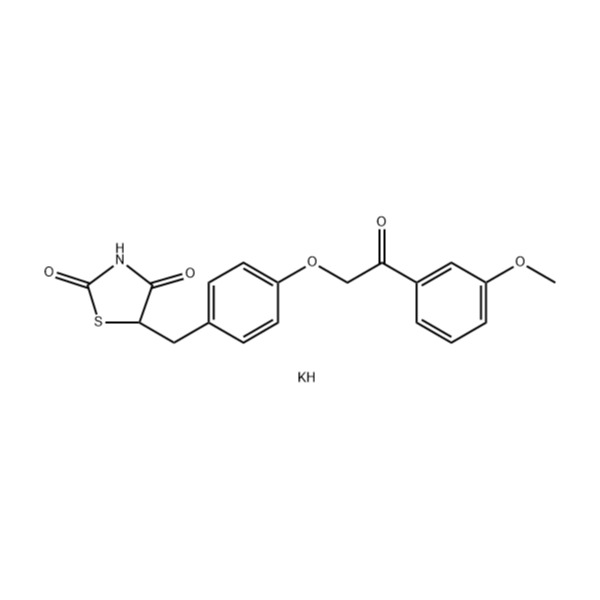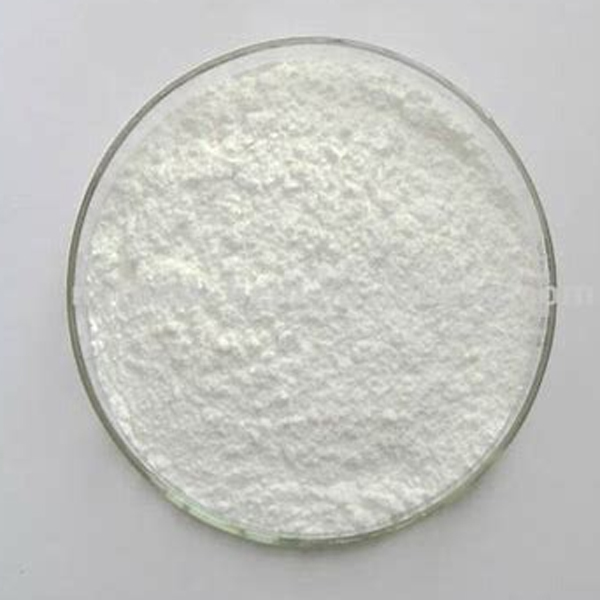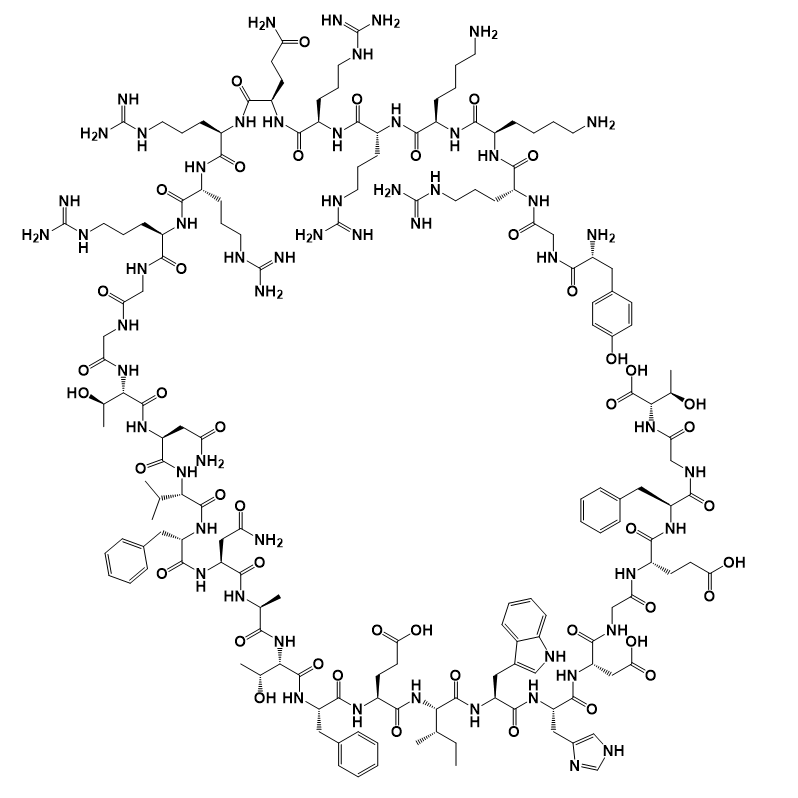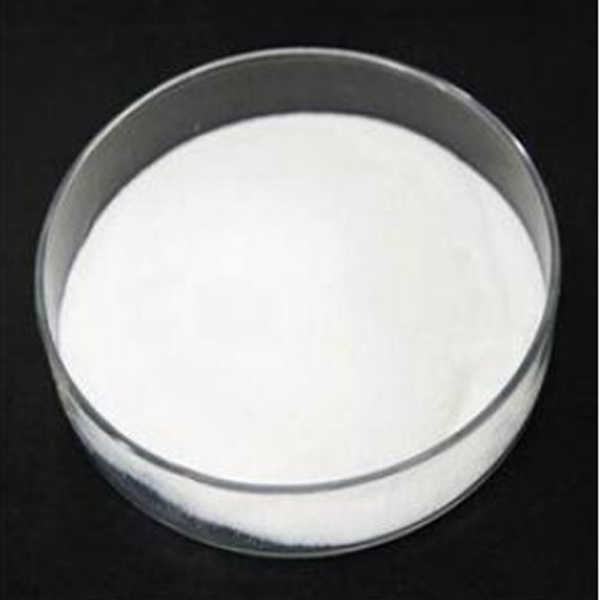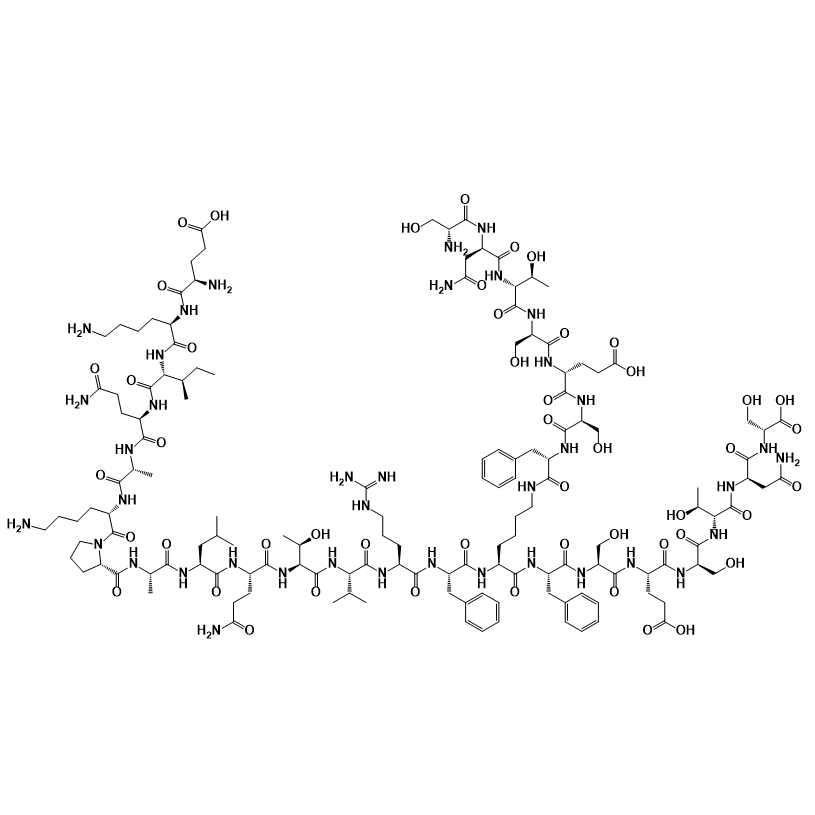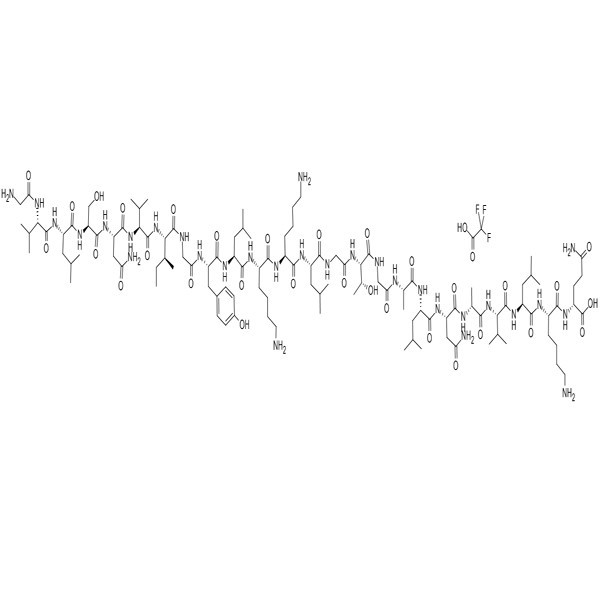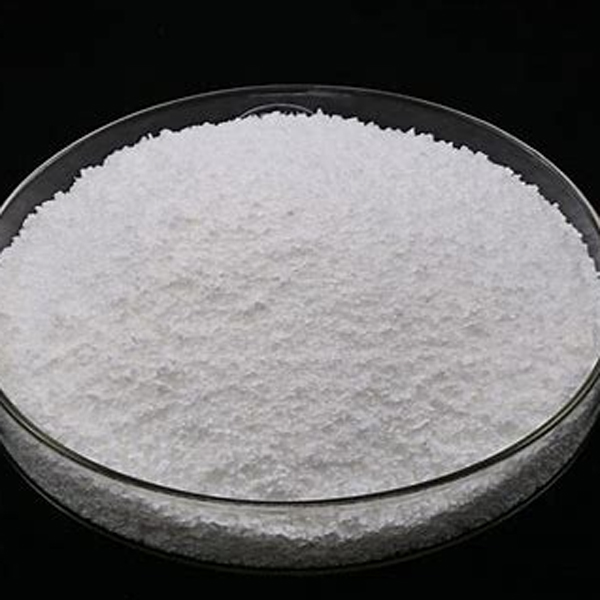MSDC-0602K(azemiglitazone) supplier/1314533-27-1/Peptide synthesis
Description
MSDC-0602K(azemiglitazone) is a thiazolidinedione compound that can bind to PPARγ, with an IC50 value of 18.25 μM.MSDC-0602K(azemiglitazone) can also regulate the mitochondrial pyruvate carrier (MPC). MSDC-0602K(azemiglitazone) is suitable for studying fatty liver, including dysfunctional lipid metabolism, inflammation, and insulin resistance. MSDC-0602K(azemiglitazone) is an insulin sensitizer that can improve insulinemia and fatty liver disease in mice when used alone or in combination with Liraglutide.
Specifications
Apperance: White to off-white powder
Purity(HPLC): ≥98.0%
Single Impurity: ≤2.0%
Acetate Content(HPLC): 5.0%~12.0%
Water Content (Karl Fischer): ≤10.0%
Peptide Content: ≥80.0%
Packing and Shipping: Low temperature, vacuum packing, accurate to mg as required.
FAQ:
What is the direction of synthesis of peptides?
Peptide synthesis is from the C-terminus to the N-terminus of the polypeptide.
What is Net Peptide Content?
It is important to understand the difference between net peptide content and total peptide weight (gross weight). In general, peptide lyophilized powder samples contain not only peptides, but also other substances such as water, solvents absorbed by peptides, counterions, and salts. The total peptide weight (gross weight) refers to the weight of all these mixtures. The net peptide content is relative to the non-peptide substances, balanced ions and water, and after removing these, the remaining is the net peptide content. The net peptide content can be determined by nitrogen analysis or amino acid composition analysis, usually accounting for 50-80% of the total peptide weight. Net peptide content is different from peptide purity, which refers to the percentage of peptide of interest in a sample.
What is net weight? What is peptide content?
After lyophilized peptide is generally fluffy and fluff-like, it may still contain trace amounts of water, adsorbed solvents and salts due to the characteristics of peptide itself. This does not mean that the purity of the peptide is not enough, but that the actual content of the peptide is reduced by 10% to 30%. The net weight of the peptide is the actual weight of the peptide minus the water and protonated ions. In order to ensure the concentration of peptide, the non-peptide substances need to be removed from the crude peptide.
Which end is best for my research?
By default, the peptide ends with an N-terminal free amino group and a C-terminal free carboxyl group. The peptide sequence often represents the sequence of the mother protein. In order to be closer to the mother protein, the end of the peptide often needs to be closed, that is, n-terminal acetylation and C-terminal amidation. This modification avoids the introduction of excess charge, and also makes it more able to prevent exonucliase action, so that the peptide is more stable.
Why should peptides be modified by N-terminal acetylation and C-terminal amidation?
Such modifications can give peptide sequences properties that are native to proteins.
How do I store peptides?
Usually the peptide product you receive is lyophilized powder packaging, please store the peptide in a dry, dark -20°C freezer immediately after receiving the sample to maintain the peptide stability as much as possible. Before use, place the polypeptide packaging tube from the freezer to a dry condition at room temperature, and allow the temperature to naturally warm to room temperature before opening the cap. Otherwise, water vapor in the air will enter the sample tube when the lid is opened, reducing peptide stability. Once opened, it should be weighed quickly and immediately sealed to avoid deliquescent, and hydrophilic peptides should be more careful to avoid repeated freezing and thawing. Outside temperature during short-term transportation will not affect the shelf life and quality of peptides.
How pure can the peptide be?
Our company can provide different purity levels for customers to choose from, from crude to > 99.9% purity. According to customer needs we can provide purity > 99.9% ultra-pure polypeptide.

